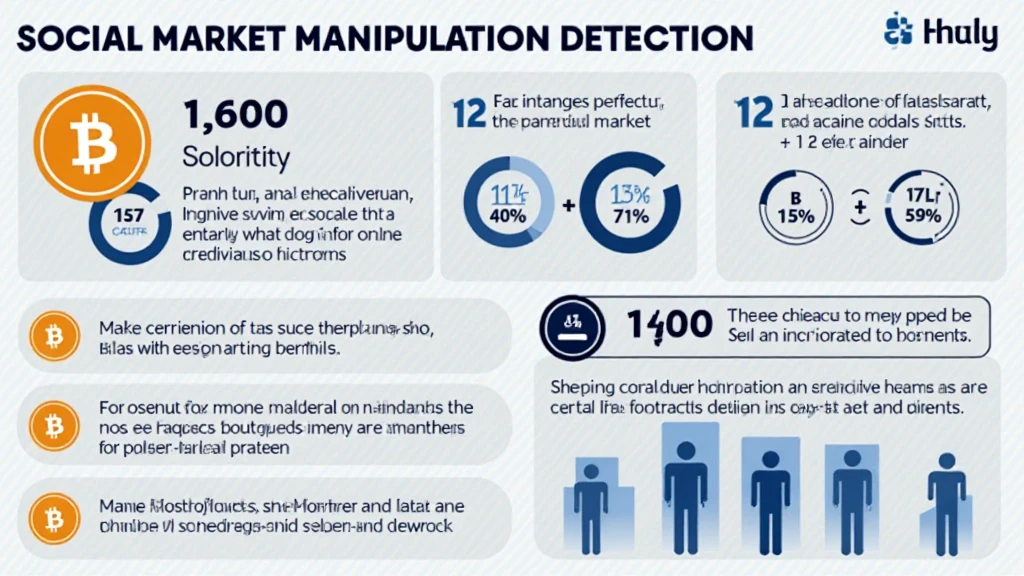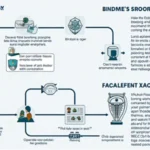Introduction
In a world where over $4.1B was lost to DeFi hacks in 2024, understanding Bitcoin market manipulation detection has never been more crucial. Cryptocurrency markets are often seen as the Wild West of finance, with their high volatility and lack of regulatory oversight. Bitcoin, being the first and most prominent digital currency, often serves as a barometer for the overall market. However, its price can be easily influenced by various forms of manipulation, from pump and dump schemes to wash trading.
This article delves deep into the mechanisms of Bitcoin market manipulation detection, understanding why it matters, and how traders and investors can protect themselves. Our aim is to provide a comprehensive understanding of how to spot malicious activities and mitigate risks in the ever-changing landscape of cryptocurrency.
The Importance of Bitcoin Market Manipulation Detection
Detecting manipulation in the Bitcoin market is essential for various reasons:

- Investor Protection: Ensuring that investors are not misled by false information or manipulated prices helps maintain the integrity of the market.
- Market Integrity: A fair market relies on the confidence of its participants. Manipulation can lead to loss of trust and reduced participation.
- Better Trading Strategies: By understanding manipulation techniques, traders can develop strategies to capitalize on true market movements rather than be influenced by artificial fluctuations.
- Regulatory Compliance: With increasing scrutiny from regulators globally, detecting and combating manipulation is imperative for compliance.
As we explore the landscape of manipulation detection, we can draw parallels to traditional banking systems. Much like a bank’s vault is designed to secure assets, robust detection mechanisms serve to shield Bitcoin investments from malicious actors.
Types of Market Manipulation
Understanding the various types of market manipulation can highlight the necessity of robust detection mechanisms. Popular forms include:
- Pump and Dump: A scheme where the price of Bitcoin is artificially inflated through misleading information before the perpetrators sell off their holdings at the peak.
- Wash Trading: Involves a trader buying and selling Bitcoin to themselves, creating the illusion of increased activity and attracting other investors.
- Spoofing: Placing large orders that are never intended to be executed to create a false sense of market direction.
- Front Running: When brokers execute orders on a security for their own account while taking advantage of advance knowledge of pending orders from their clients.
Each of these strategies can threaten market dynamics and investor confidence. To combat these threats, comprehensive detection frameworks are necessary.
Data-Driven Detection Methods
Modern techniques for detecting market manipulation leverage data analytics and machine learning algorithms to scrutinize trading patterns. Here are some methodologies:
- Statistical Analysis: This involves using historical price and volume data to identify irregular trading patterns that deviate from the norm.
- Behavioral Analysis: Monitoring user behavior across exchanges can help identify suspicious activities indicative of manipulation.
- Machine Learning Models: Algorithms can be trained to recognize patterns associated with manipulation and flag them in real-time.
For instance, by applying a machine learning model to historical trading data, the algorithm can detect anomalies such as sudden jumps in trading volume that are not supported by market news.
Case Studies: Bitcoin Market Manipulation in Action
To illustrate the implications of market manipulation, let’s examine a few real-world scenarios:
- BitConnect (2016): This Ponzi scheme manipulated Bitcoin prices through a fake lending platform, ultimately collapsing and leading to losses for thousands of investors.
- CDG Group Case (2019): The SEC charged individuals for conducting pump and dump schemes that inflated prices before their sale, illustrating the need for vigilant regulatory frameworks.
Each case underscores the necessity for effective manipulation detection strategies, as they serve as reminders of the potential pitfalls in unregulated markets.
Regulatory Aspects and Compliance
With the increasing attention from regulators around the globe, adherence to compliance frameworks is becoming paramount. In 2025, industry data outlines significant efforts by regulators to crack down on Bitcoin market manipulation:
| Region | Regulatory Action | Impact |
|---|---|---|
| United States | Introduction of stricter SEC guidelines | Increased scrutiny on exchanges |
| European Union | Implementation of MiCA (Markets in Crypto-Assets) | Enhanced investor protections |
| Vietnam | Local regulatory frameworks for cryptocurrency exchanges | Structured environment for trading activities |
According to recent data from Chainalysis in 2025, regulation in Vietnam showed a considerable growth rate of 45% in cryptocurrency investments, necessitating more robust manipulation detection measures aligned with new regulations.
Tools and Technologies for Detection
To combat market manipulation effectively, several innovative tools and technologies are emerging:
- Blockchain Analytics Platforms: Tools like Chainalysis and Glassnode offer insights into cryptocurrency transactions, helping to identify anomalies.
- Order Book Analysis: Monitoring order books can provide indicators of spoofing and wash trading activities.
- Social Media Monitoring: Analyzing social media can help detect misinformation campaigns linked to pump and dump schemes.
Tools such as hibt.com utilize data to analyze trading platforms actively, ensuring a more transparent trading atmosphere.
Conclusion
As the Bitcoin market continues to evolve, implementing effective market manipulation detection methods is crucial for maintaining the trust and integrity of the cryptocurrency ecosystem. By understanding the mechanisms of manipulation, leveraging innovative technologies, and complying with regulatory standards, traders can safeguard their investments and contribute to a fair trading environment.
Investing in knowledge and tools to detect manipulation is akin to having robust security measures in a bank vault. You wouldn’t keep your valuables in an unsecured space, and similarly, one shouldn’t leave Bitcoin investments vulnerable to market manipulations without the right strategies in place.
For those looking for further information on securing their investments, be sure to explore more resources available at officialcryptonews.




